Lessons from Swiggy’s move to sensitise customer interactions
On Friday, food delivery platform Swiggy launched its new campaign – #WhatTheFalooda – on digital platforms like YouTube, Facebook, LinkedIn and Twitter. Tens of thousands customers interact with the brand every day to voice their complaints either on the in-app chatbot, social media platform or call, which more often than not turns abusive. A powerplay trend that has emerged in the social media era is when customers voice their complaints on platforms like Twitter to publicly shame a brand.
As the Internet audience grows and with it the base of food delivery platforms expands, the volume of complaints for brands such as Swiggy will also increase. As part of the campaign, the brand has launched a microsite where you can download the #WhatTheFalooda browser extension. Next time you type in an abusive comment, the extension will allow you to replace it with a less hurtful food term. Through this move, the brand hopes will get the message across while eliciting a few chuckles from onlookers.
The efficacy of the extension is debatable as it does not automatically change the abusive word, but rather requires the user to select and change it, in the heat of the moment. However, a lesser motive of the brand could be to tie the number of downloads on the microsite directly to consumer engagement with the campaign.
A query to Swiggy to share the latest download numbers on the microsite has not been shared till the time of filing this report.
#WhatTheFalooda campaign serves as a brand campaign that does directly hint at Swiggy’s value proposition as a food delivery platform. Delivering the best customer experience is what often gives these platforms the competitive edge, and Swiggy has cleverly put the onus of managing those expectations on the customer.
The real question is – how many people will download and make use of the extension?
“A very small fraction of consumers will actually download the plugin to see the word replaced,” believes Rikki Agarwal, Co-founder, Chief Business & Operating Officer at Blink Digital. “The thought should always come from what the user needs or would want. UX should always be a priority. Right now that’s missing. It looks like a campaign more on spreading awareness on language we use. If the same concept can be applied to scenes which use cuss words of all content that is already available on OTT and Bollywood and made available to consume as videos, it would have worked better.”
“What makes this campaign particularly great is how rooted the insight is into online behaviour – the nature to troll and get away with being rude,” comments Karthik Hariharan, Business Head - South, FoxyMoron. In fact, it integrates well with their own chatbot, ORM channel and doesn’t merely leave it at the messaging, but takes it up a notch with an action that is quirky and doable.”
He further adds, “I do believe that access to data at their end from their own chatbot and the ORM channel fed into this insight and played out very well and Swiggy has been getting it right simply because they not only observe but get it right from a behaviour and solution standpoint. What would make this more impactful possibly is the possibility to take this across languages to reach the larger audience footprint that Swiggy boasts today.”
Many observers believe that this campaign is a sequel to the brand’s very successful ‘What’s in a name?’ film. In that ad, Swiggy requested customers to refer to delivery executives by their names and not address them as ‘Swiggy’. The app made the delivery executives’ names appear in the ‘Track Your Order’ section to allow customers to know their names.
Compared to the that behaviour change, the one that Swiggy wants to elicit in their latest campaign is far greater and will put to the test how much brand love the platform has generated. Since its launch on Friday (January 17, 2020), the #WhatTheFalooda campaign has been trending on Facebook and LinkedIn.


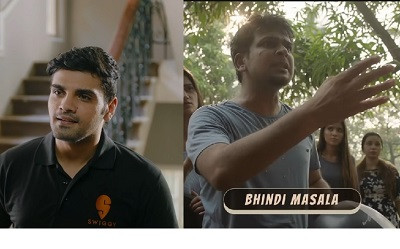
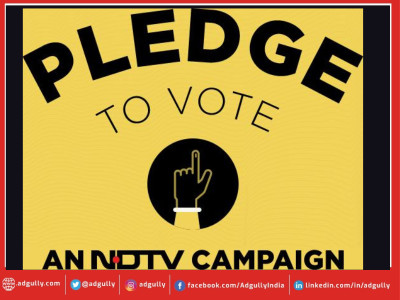





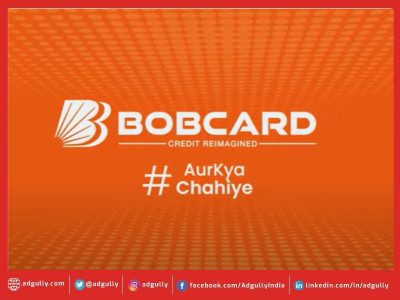
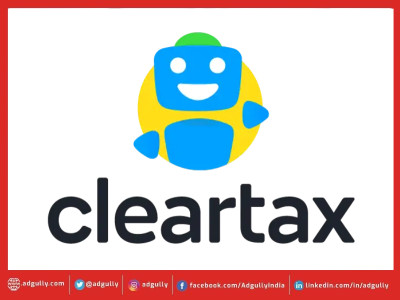
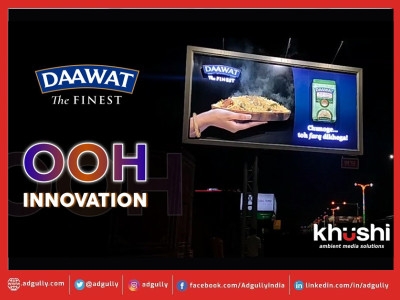




Share
Facebook
YouTube
Tweet
Twitter
LinkedIn